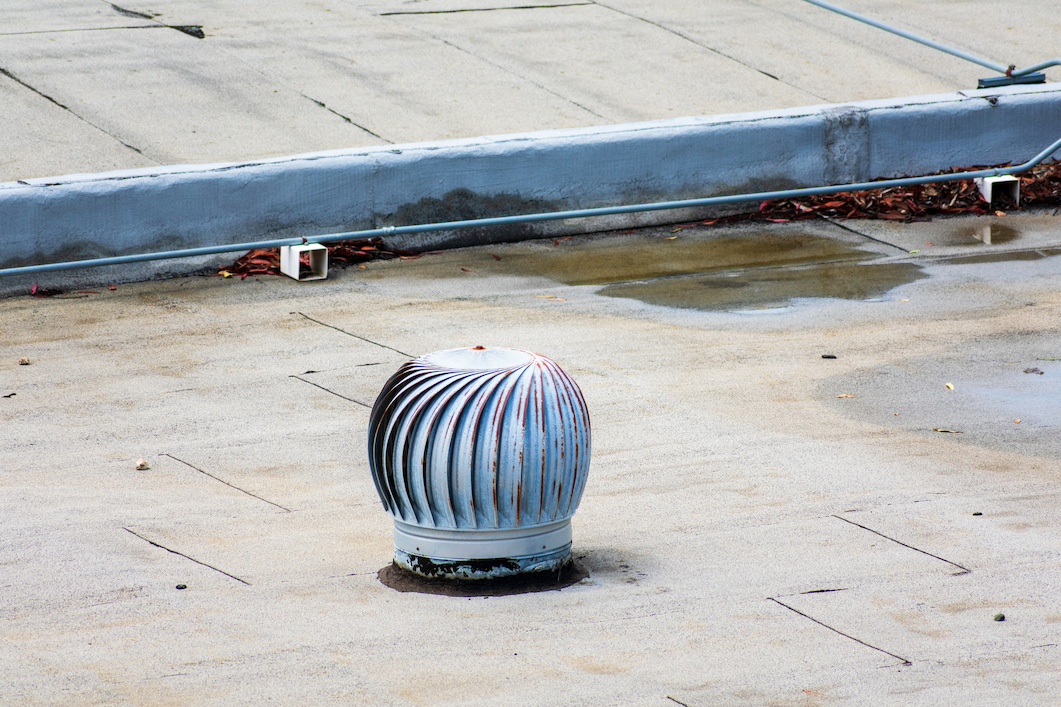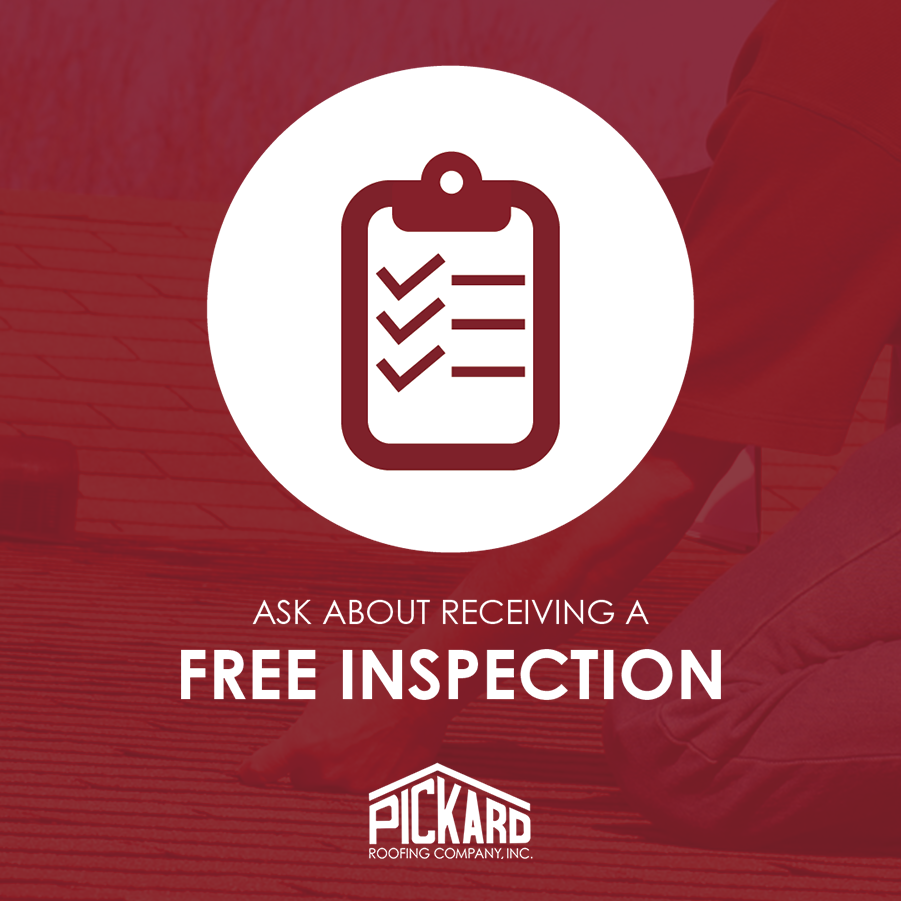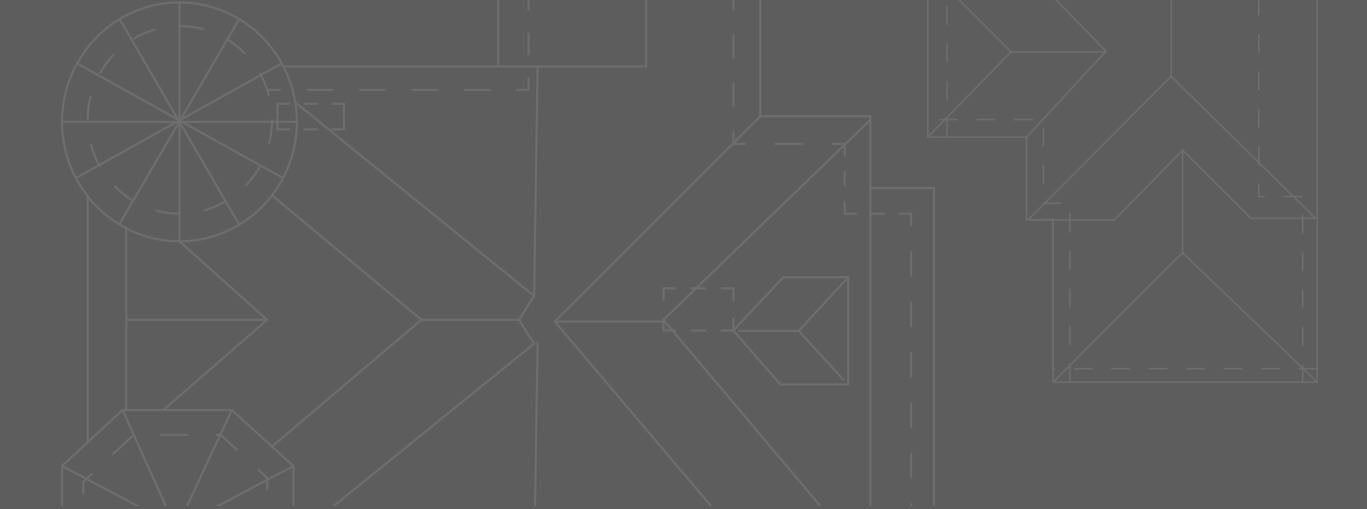Ponding water is a seemingly innocuous term, but its implications for your roof can be far-reaching. It refers to the condition where water accumulates on your roof and remains stagnant for an extended period, typically 48 hours or more after rainfall. While it might seem a temporary inconvenience, ponding water can be a persistent and damaging problem, especially on flat or low-slope roofs with limited drainage capabilities.
The Consequences of Ponding
The consequences of ponding water extend beyond the surface, affecting both your roof's structural integrity and the living space below.
Roofing Material Vulnerability
One of the most immediate and significant effects of ponding water is its impact on roofing materials. The prolonged exposure to moisture accelerates the aging process of these materials, causing them to deteriorate prematurely.
What may have started as a robust and durable roof can quickly become vulnerable when faced with the relentless presence of ponded water.
As moisture infiltrates roofing materials, it can lead to various issues such as:
- Blisters: Ponding water can cause blistering in roofing materials, creating pockets of trapped moisture that further weaken the roof's structure.
- Cracking and Splitting: The continual wetting and drying of roofing materials due to ponding can result in cracks and splits, making them less effective at protecting your home.
- Membrane Breakdown: Flat or low-slope roofs with membrane systems are particularly susceptible. Ponding water can break down the roofing membrane, compromising its waterproofing properties.
Leaks and Water Damage
The most apparent consequence of ponding water is its potential to cause roof leaks. Over time, ponding weakens your roofing system's structural integrity, compromising the roof's ability to shed water effectively. This compromised barrier allows water to seep through, infiltrating your building's interior.
The result can be a cascade of costly water damage:
- Ceilings: Water from roof leaks can stain and damage your ceilings, requiring extensive repairs or replacements.
- Walls: Water can seep down walls, leading to dampness, peeling paint, and potential structural damage.
- Insulation: Wet insulation is less effective at regulating indoor temperatures and can become a breeding ground for mold and mildew.
Structural Issues
The weight of ponding water imposes an undue burden on your roof's structural components. Over time, the constant pressure and moisture exposure can lead to roof deck deterioration. The moisture weakens the roof's wooden or metal deck, causing it to lose its load-bearing capacity. This poses a significant risk to the safety of your building.
In extreme cases, a compromised roof deck can result in sagging ceilings, structural damage, or even partial roof collapse. Repairing these structural issues can be both costly and disruptive.
Mold and Mildew Growth
Ponding water creates the perfect breeding ground for mold and mildew. These microorganisms thrive in damp, stagnant conditions, and once they take hold, they can rapidly spread. Beyond the unsightly stains and odors they produce, mold and mildew can pose serious health risks to the occupants of the affected building.
Exposure to mold and mildew can lead to respiratory problems, allergies, and other health issues. The removal and remediation of mold growth can be expensive and disruptive, often requiring professional intervention to ensure complete eradication.
Roofs Susceptible to Ponding
Certain types of roofs are more susceptible to ponding water:
- Flat Roofs: Flat roofs with a membrane system are particularly vulnerable to ponding. The lack of a natural slope for water runoff makes it challenging for these roofs to shed water effectively. Ponded water can break down the membrane and compromise its waterproofing properties, leading to leaks and structural issues.
- Built-Up Roofs: Built-up roofs, often referred to as tar and gravel roofs, can develop blisters and cracks when exposed to ponding water. These issues can lead to leaks and further damage the roof's surface.
- Metal Roofs: While metal roofs are generally resistant to many environmental factors, including water, they are not immune to the long-term effects of ponding. Over time, ponding can lead to rust and corrosion, impacting the roof's longevity.
Trust the Experts at Pickard Roofing
The implications of ponding water on your roof's condition are substantial, affecting both its structural integrity and the comfort of your living space. Recognizing the signs of ponding and taking prompt action to prevent or address it is essential for preserving your roof's health and longevity.
Trusting the experts at Pickard Roofing ensures that your roofing needs are handled with the utmost care and professionalism. Contact us today to get started!
At Pickard Roofing, we think Design. Craft. Renew. We are experienced in all types of roofing systems- and provide the right roofing design and selective craftsmanship for renewing our customer’s assets. We invite sustainable building customers to give us a call for your free evaluation. For over 90 years Pickard Roofing Company has installed countless metal, tile, slate, TPO, EPDM, and all types of shingle roofing in the Triangle. Our services include residential, commercial, custom architectural metal fabrication, and historical renovation.






